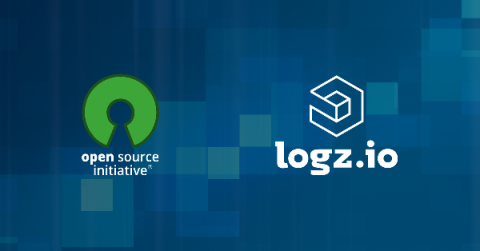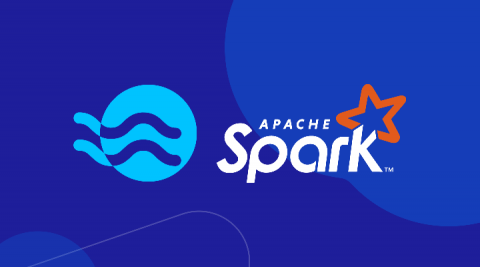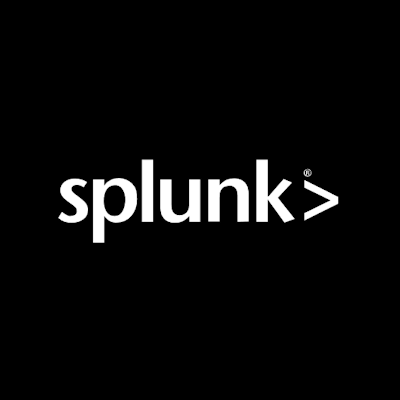Good Catch: Monitoring Revenue When it Matters Most
Revenue monitoring not only involves monitoring huge amounts of data in real-time but also finding correlations between thousands, if not millions, of customer experience and other metrics. Are traditional monitoring methods capable of detecting a correlation between a drop in user log-ins and a drop in revenue as it’s happening? For many reasons, the answer is no.









